

William Stopford
Every car discontinued in Australia in 2025
15 Hours Ago
Hyundai's warmed-up i30 hatch variant gets some welcome updates for 2021.
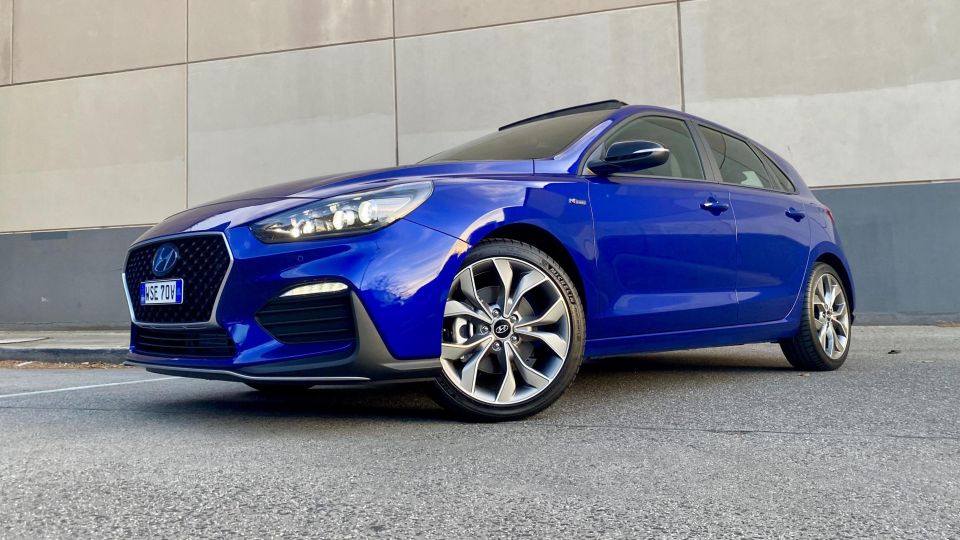
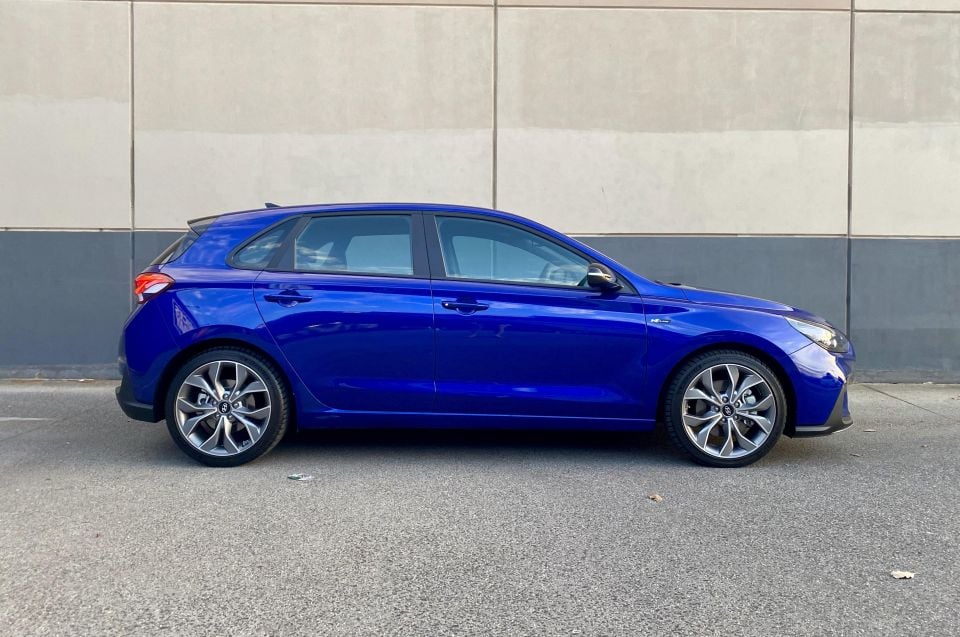

Senior Contributor
New from
$23,420
excl. on-roads

Senior Contributor
New from
$23,420
excl. on-roads


Senior Contributor
New from
$23,420
excl. on-roads

Senior Contributor
New from
$23,420
excl. on-roads
Quickly see how this car stacks up against its competition. Select any benchmark to see more details.
Where expert car reviews meet expert car buying – CarExpert gives you trusted advice, personalised service and real savings on your next new car.
The Hyundai i30 – Australia’s second best-selling passenger car – has just received a series of updates for 2021.
The headline acts were the launch of a brand new (and brand first) i30 sedan, and some exterior and interior design changes for the lower-spec-grade hatch versions.
The warmed-up i30 N Line Premium model tested here misses out on the those exterior tweaks, but has a refreshed interior layout headlined by a larger touchscreen.
And despite a list price hike of $600 over the MY20 model, it still offers a compelling combination of luxury features and sprightly turbo performance. Time for a catch-up then.

The i30 N Line Premium kicks off at $34,220 before on-road costs for the new manual option, climbing to $36,220 for the volume-selling dual clutch auto version tested here. That’s equal to a smidgen more than $40,000 drive-away.
For context, a base i30 auto starts at $25,420 plus on-roads. You can also get the i30 N Line with the same engine as our test car but fewer luxury features, priced at $31,420 plus on-roads. A faster but less well-equipped i30 N hot hatch costs $41,400 before on-roads, but an imminent update including the addition of an auto will likely change this a bit.
Its main price-point competitors include the Toyota Corolla ZR (tops out at $34,695 plus on-roads), Kia Cerato GT ($34,990 drive-away), Mazda 3 G25 GT (from $34,090) (and Honda Civic RS ($34,790 before on-roads).
Buy your new car without the stress. It's fast, simple and completely free.

Great service from Travis and team, second time I have used this business would not hesitate to recommend them to anyone
Craig C.
Purchased a Ford Ranger in Sunshine Coast, QLD
CarExpert helped Craig save thousands on his Ford Ranger, now let us save you on your next new car.
Find a dealAt the end of the day, the price you pay at the dealership will be dependent on a number of factors such as when you want to buy (is the dealership chasing sales?), the age of the model you’re purchasing (is a new generation model being launched soon) and of course your strength as a negotiator.
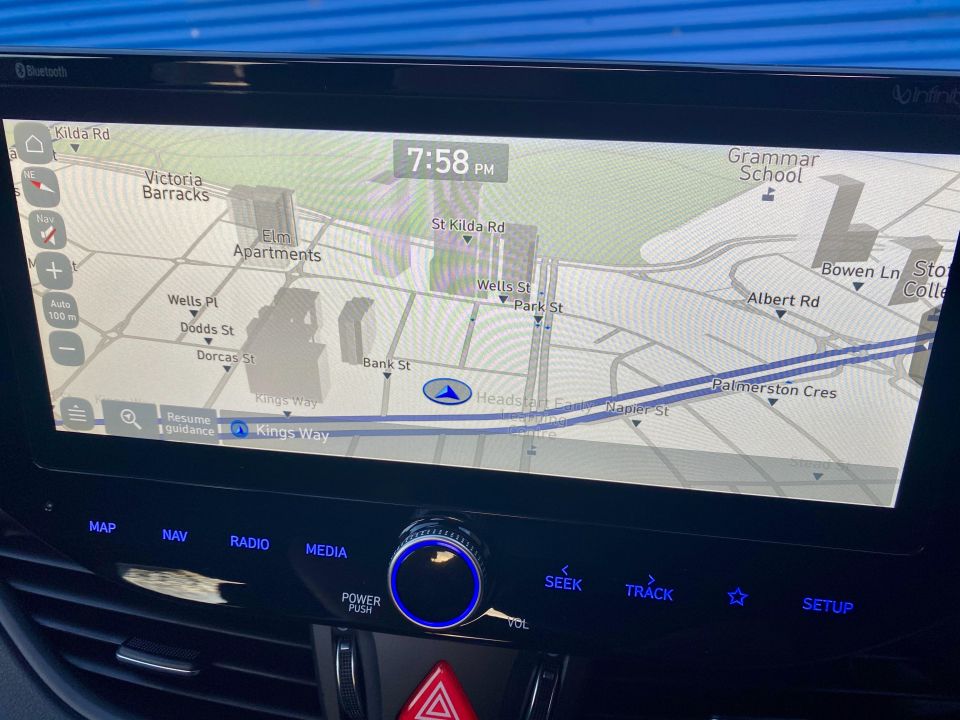


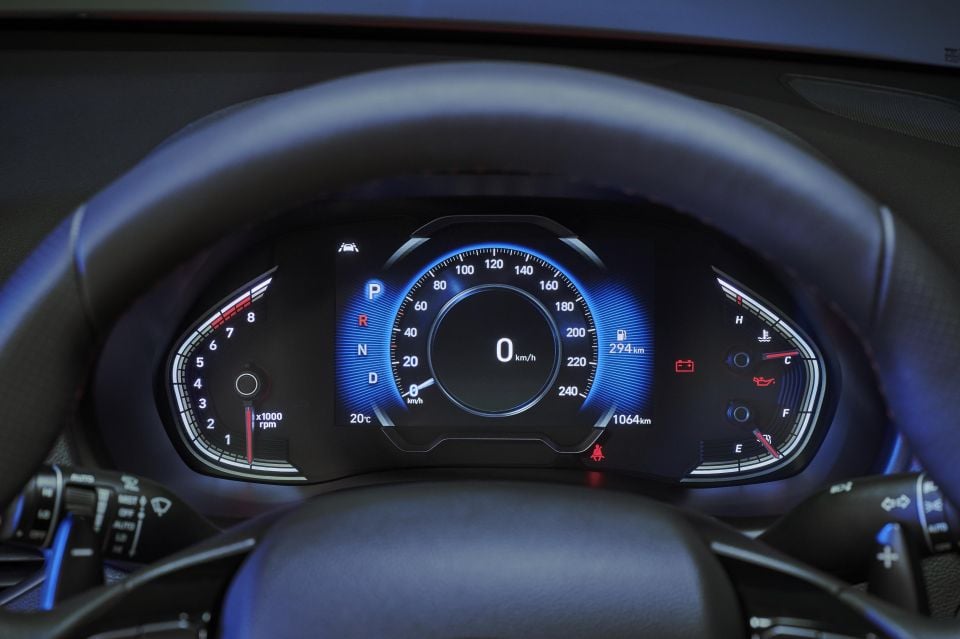
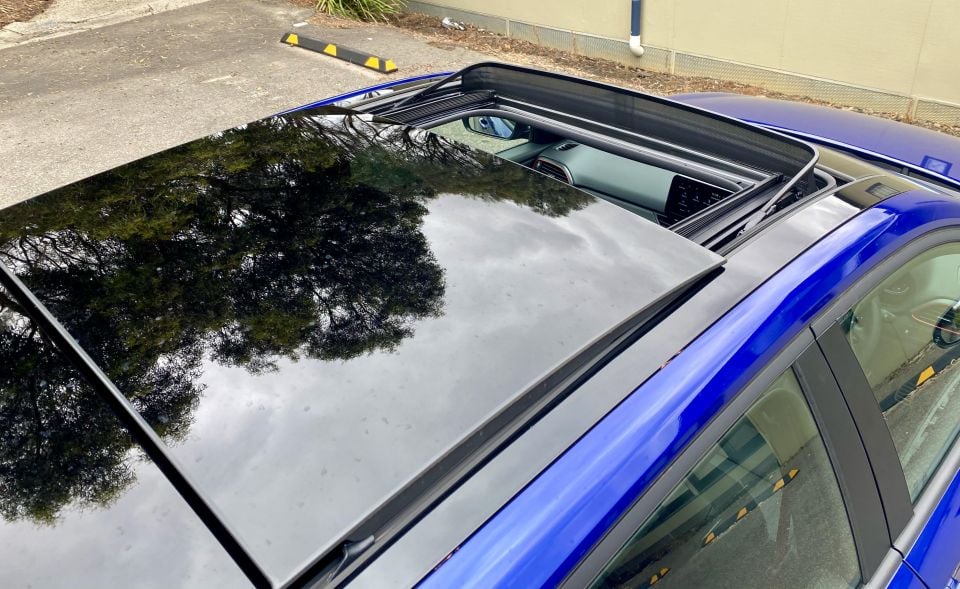
It’s not lacking features. On the outside there are 18-inch wheels shod with premium Michelin Pilot Sport 4 tyres, rain-sensing wipers, a hands-free smart key fob, LED headlights and tail lights, auto-folding side mirrors, and a sporty body kit including unique grille, bumpers, and exhaust tips.
Inside you get button start, leather seats with both heating and ventilation for front occupants, dual-zone climate control, a panoramic sunroof, an auto-dimming rear-view mirror, wireless phone charger, digitised instrument cluster, seven-speaker ‘premium’ sound system, digital radio, satellite navigation, as well as Apple CarPlay and Android Auto.
Infotainment and the rear camera display are now controlled and viewed on a 10.25-inch touchscreen in place of the old 8.0-inch unit.

Safety features include seven airbags, parking sensors at each end, and active safety tech including a camera- and radar-based autonomous emergency braking system that works at city and highways speeds, and can detect pedestrians and cyclists.
There’s also a driver attention monitor, automatic high-beam, active lane-keep assist with steering override that works as well as many a premium Euro brand’s system, and adaptive cruise control.
Disappointingly though, the N Line Premium misses out on blind-spot monitoring, rear cross-traffic alert, and Safe Exit Warning – thanks to this system, if a door is opened while an approaching vehicle or cyclist is detected, the car will sound an alert.
Bizarrely, these features are all standard on the cheaper i30 Elite variant. It’s inexcusable to lose them on the flagship.
Crash tester ANCAP awarded the i30 a five-star rating in 2017.
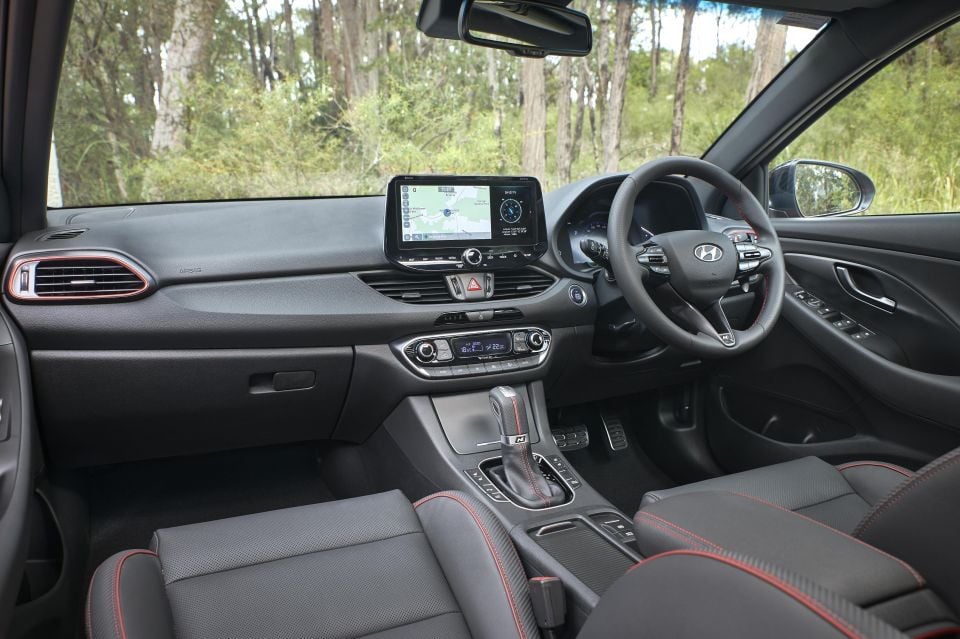
With the exception of new screens and instruments, there’s nothing obviously new in here.
The Hyundai’s interior material quality and tactility feel a rung beneath those used in a Mazda 3 or Volkswagen Golf, however the build quality is beyond reproach and there’s a lot of storage cubbies – a big glovebox and door bins, several closing sections along the transmission tunnel, and a decent console.
The use of red plastic on the vent surrounds, as well as the stitching and piping on the sporty leather seats, and the seat belts, liven things up. Ditto the metallic pedal caps.
There’s plenty of seat adjustment (fore/aft/up/down/lumbar) and a nice steering wheel, though the paddle shifters aren’t all that nice to look at or touch.
The new TFT instrument display changes colour based on your driving mode, and I appreciated the retention of an analogue tachometer.

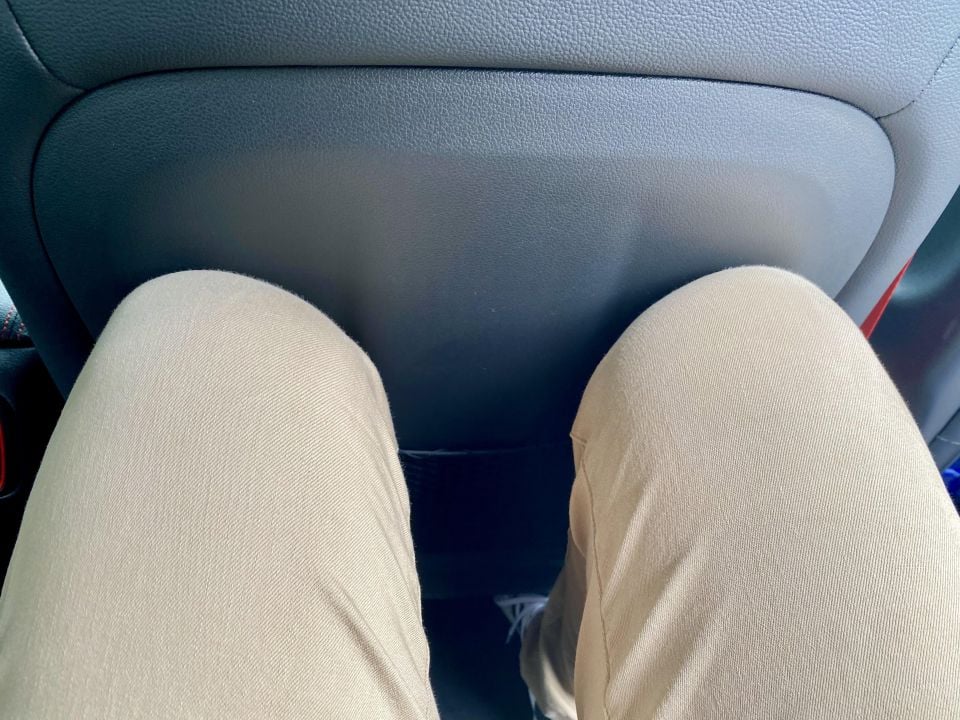

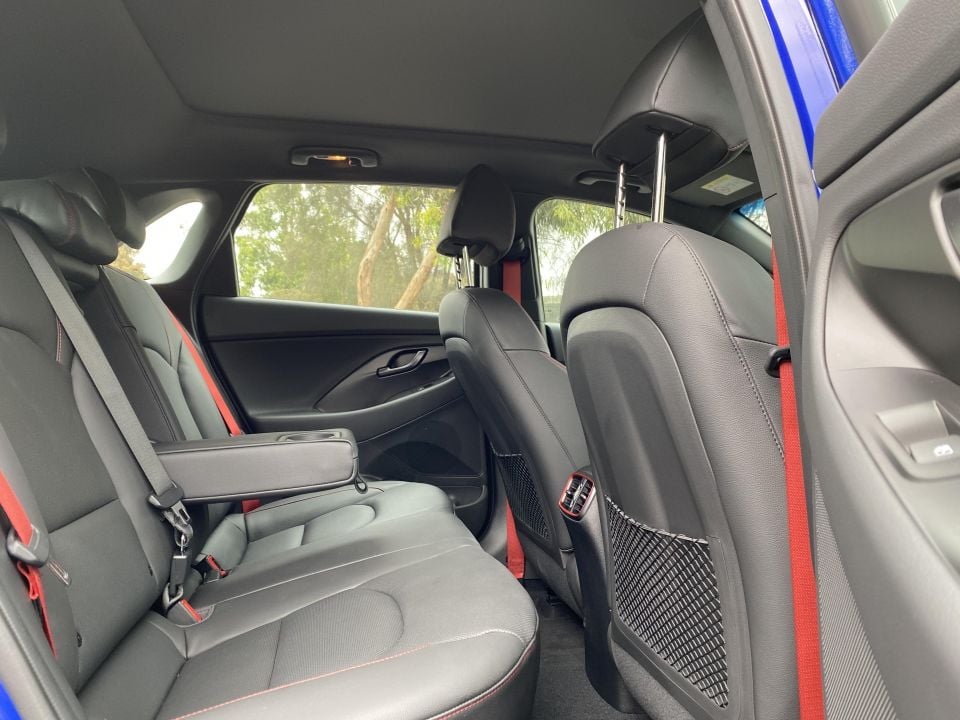
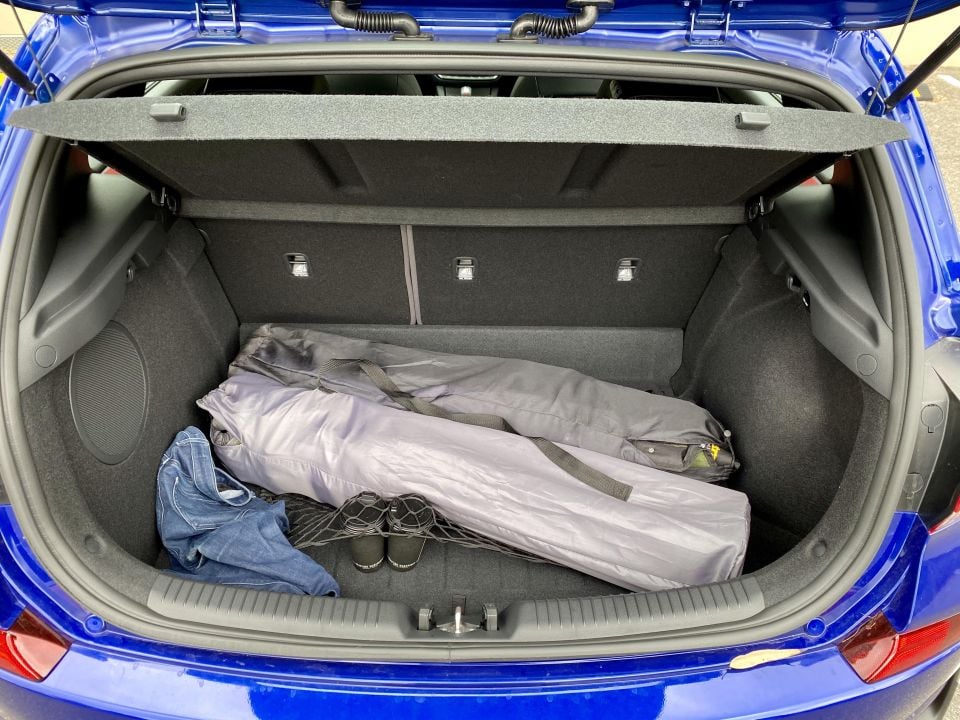
The new centre touchscreen looks a little tacked on, and as per usual I don’t love the overuse of shiny black plastic trims, but the presence of touch-capacitive shortcuts and a physical volume dial aid usability, and it’s a commendably basic operating system with good functionality.
You can view maps and audio concurrently in split screen, the camera resolution is crisp, and there are some nifty little functions including a program that plays various soothing sounds of nature through the speakers. That Infinity audio system is pretty good, by the way.
The back seats are quite spacious in terms of legroom, though that massive panoramic sunroof does eat into headroom. Still, it really does lift the ambience and has a solid retractable cover.
Rear occupants get their own air vents, arm rests and cupholders. Compared to a Mazda 3 or Corolla, it’s quite capacious.
The same story applies to the boot, which is wide and deep and comes with a cargo net, bag hook and 12V socket. The boot is a very decent 395L – expanding to 1300L with the back seats folded – though there’s just a space-saver spare wheel under the loading floor, unlike lower grades that get a full-size alloy one.
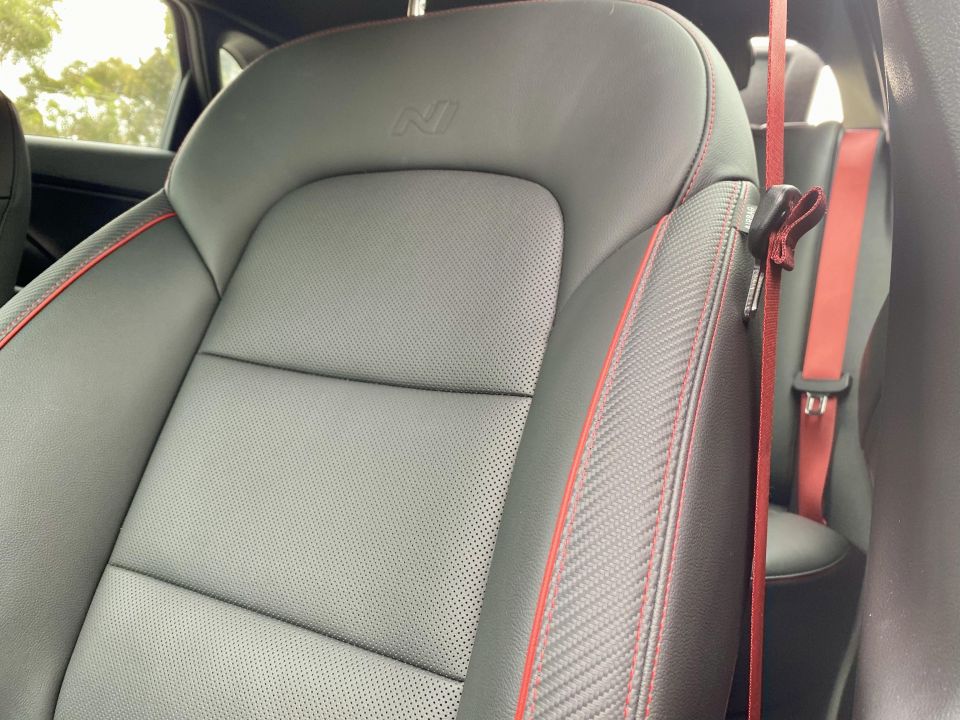
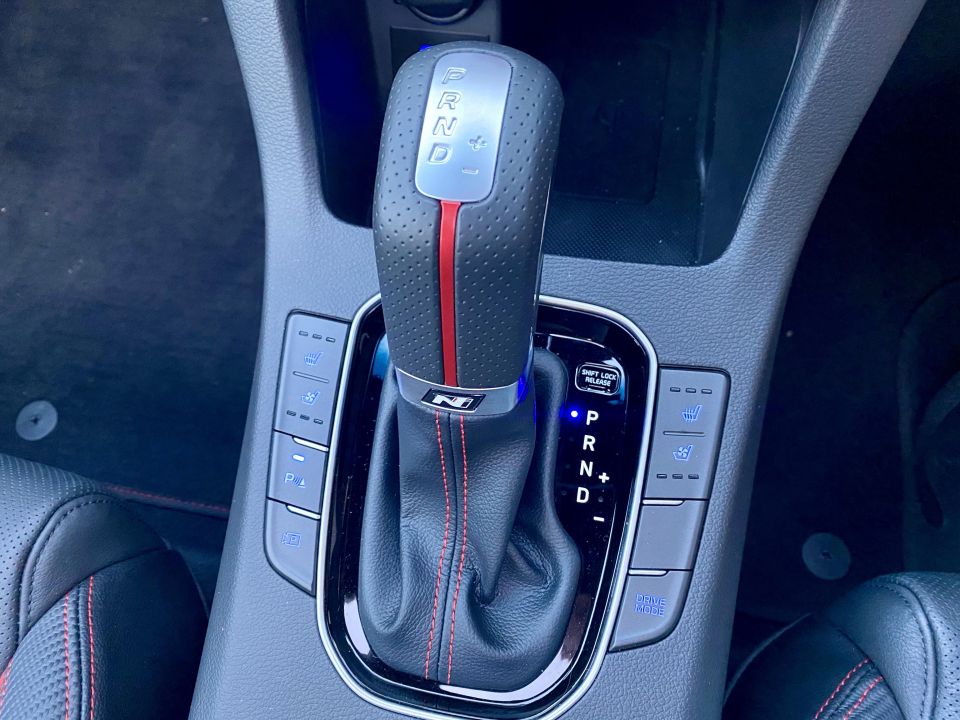
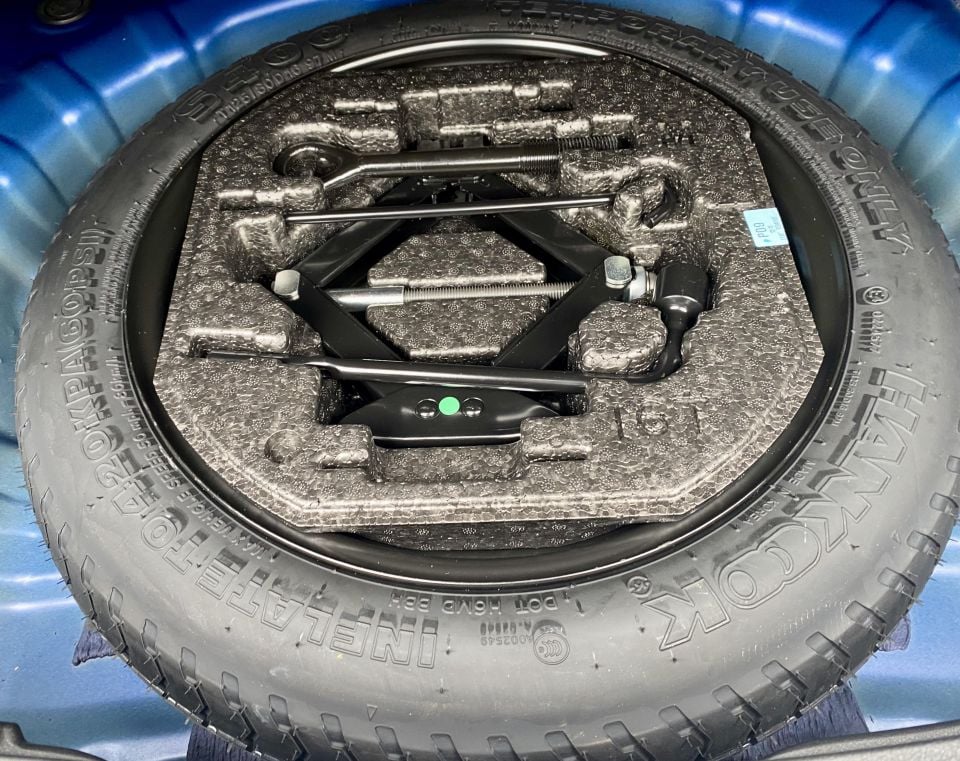
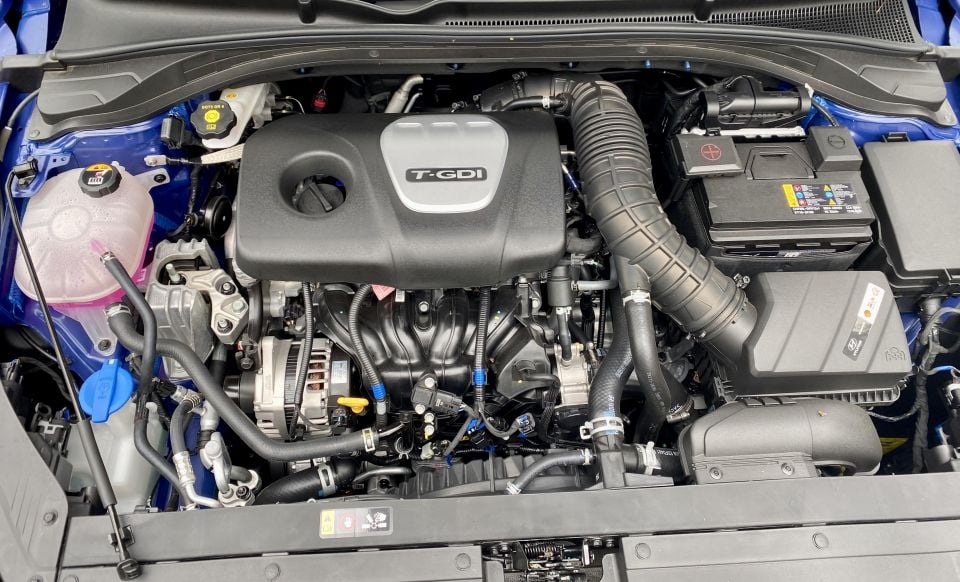
A 1.6-litre turbocharged and direct-injected petrol engine producing 150kW of power at 6000rpm and 265Nm of torque between 1500 and 4500rpm.
Those outputs are sent to the front wheels via a seven-speed dry clutch DCT with paddles, or a six-speed manual for traditionalists.
It’ll punch you from 0-100km/h in an average time of 7.5 seconds (we’ve seen 7.2sec achieved). In terms of fuel consumption, it’s designed to run on 91 RON and Hyundai claims consumption on a mixed loop of 7.1 litres per 100km.
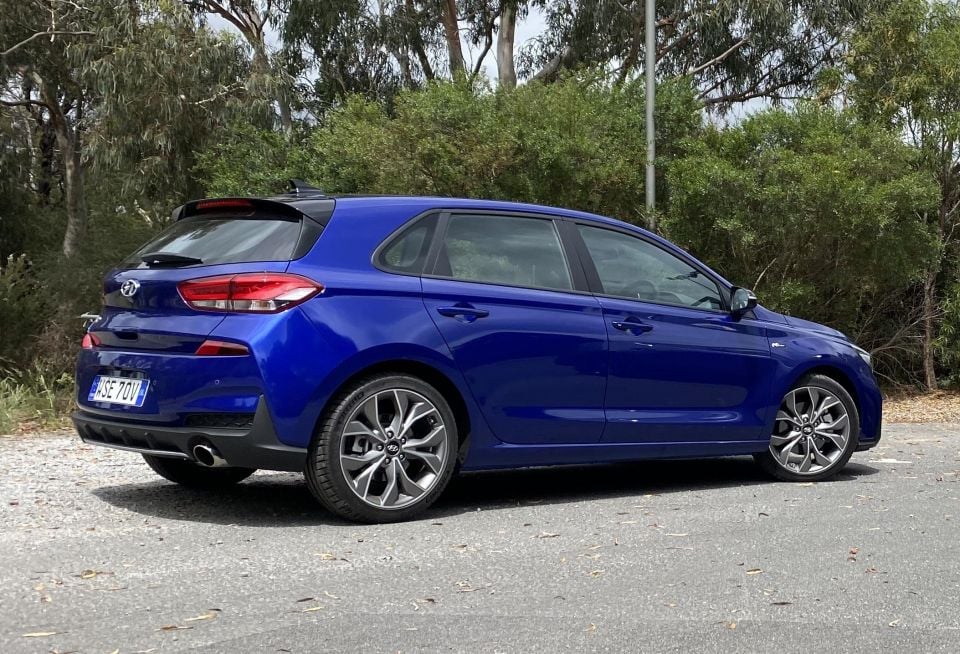
The engine doesn’t have a particularly engaging soundtrack, but it does offer a nice slab of pulling power just above idle, which hangs about to offer a broad mid-range torque band that gives you good rolling response too.
The gearbox shifts quickly on the move, while the auto hold function reduces quirks such as rolling backwards in D before pressing the accelerator.
While not performing like a full-blooded hot hatch – it has neither the shove-in-the-chest punch or crackly soundtrack of the i30 N – it’s a pretty quick little warm hatch.
I also managed impressive fuel economy of 6.7L/100km over a 600km driving loop comprising about 70 per cent country roads, some of which were dispatched swiftly.
The three driving modes don’t make appreciable differences to the throttle mapping above modest application by design, though the sports mode does seem to tell the DCT to hold lower gears for a little longer.
One real positive attribute of the i30 N Line models is the Aussie-developed suspension calibration, with springs, shocks, bushes, anti-roll bars and the like all specifically chosen for this market based on local testing.
Hyundai has done a great job retaining some ride comfort over harsh hits while tightening up the body control against cornering loads compared to base models, and maximising the swiftness of directional changes.
I found the electric motor-driven steering resistance a little much, but that’s just my taste.
To prove its performance bonafides, the N Line grades have larger front ventilated brake discs that the normal i30s (305mm x 25mm), and pick up a multi-link rear suspension system to bolster road-holding over the base grades’ torsion or twist beam.
The main dynamic grievance comes from the tyres. The Michelin pilot Sport 4s are premium rubber and offer ample grip, especially off the mark where wheel spin is tamed, however there’s a little too much droning road noise at speed over coarser chip surfaces. Some sound insulation improvements are needed here, in my opinion.
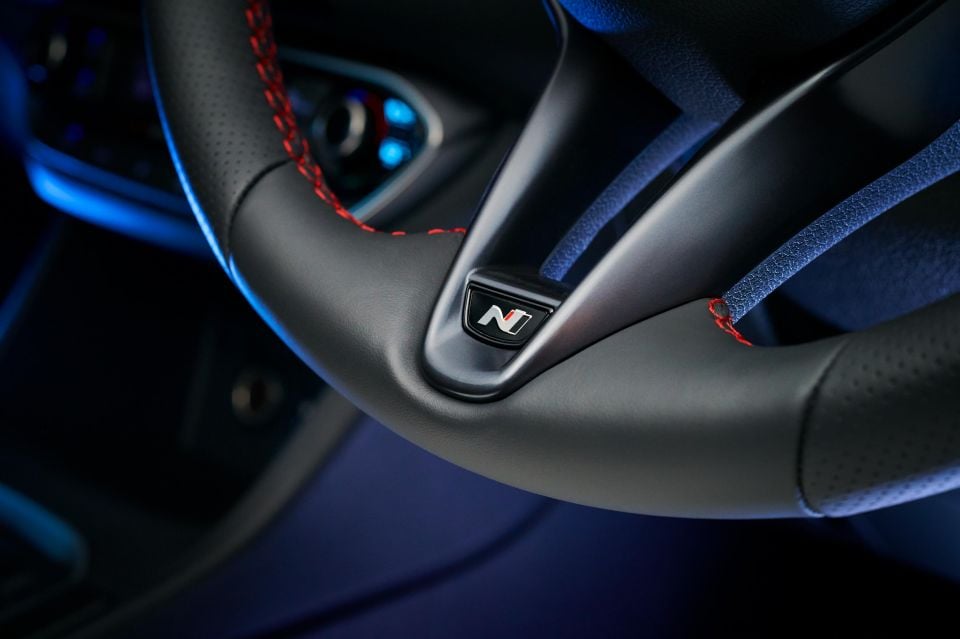
Hyundais come with a five-year, unlimited mileage warranty.
Service intervals for turbo models are annual or 10,000km – many competitors have 15,000km intervals – and the first five visits are capped at $299 apiece.
You can shell out $1495 upfront to cover the first five visits if you prefer.
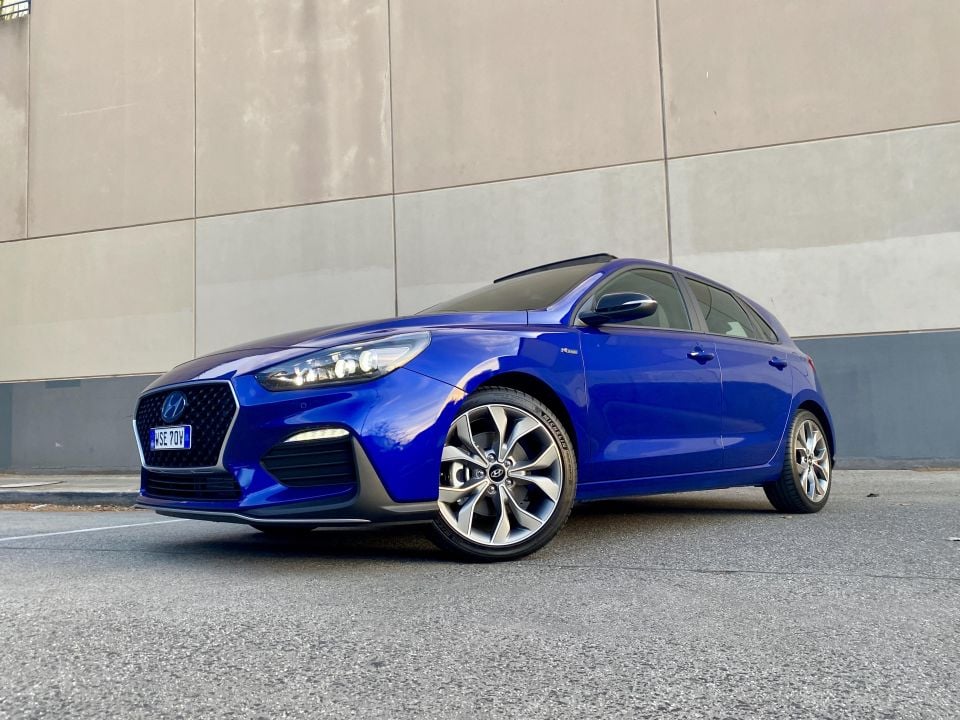
The updated 2021 Hyundai i30 N Line Premium adds worthy changes to the instruments and infotainment, in return for a manageable price tweak.
It balances refined (albeit unchanged) design with a practical and very well-specified cabin, a punchy engine and good road manners, for the most part.
It’s a little pricier than some obvious competitors, but it lacks little in terms of equipment – perhaps the only glaring omission is the lack of blind-spot monitoring and rear cross-traffic alert. And, the availability of a cheaper N Line is reassuring for those on a tighter budget.
It’s not a perfect package, but it remains a lot of car for $40,000 on the road.
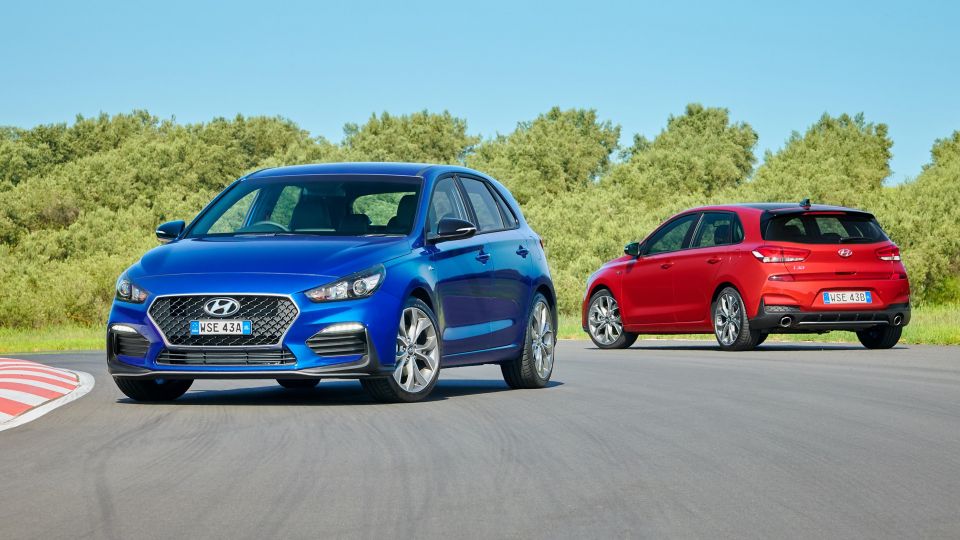
Click the images for the full gallery
MORE: 2021 Hyundai i30 pricing and specs MORE: Hyundai i30 news and reviews MORE: Everything Hyundai
Where expert car reviews meet expert car buying – CarExpert gives you trusted advice, personalised service and real savings on your next new car.


William Stopford
15 Hours Ago


CarExpert.com.au
4 Days Ago


Max Davies
5 Days Ago


Damion Smy
5 Days Ago


Max Davies
6 Days Ago


Max Davies
8 Days Ago